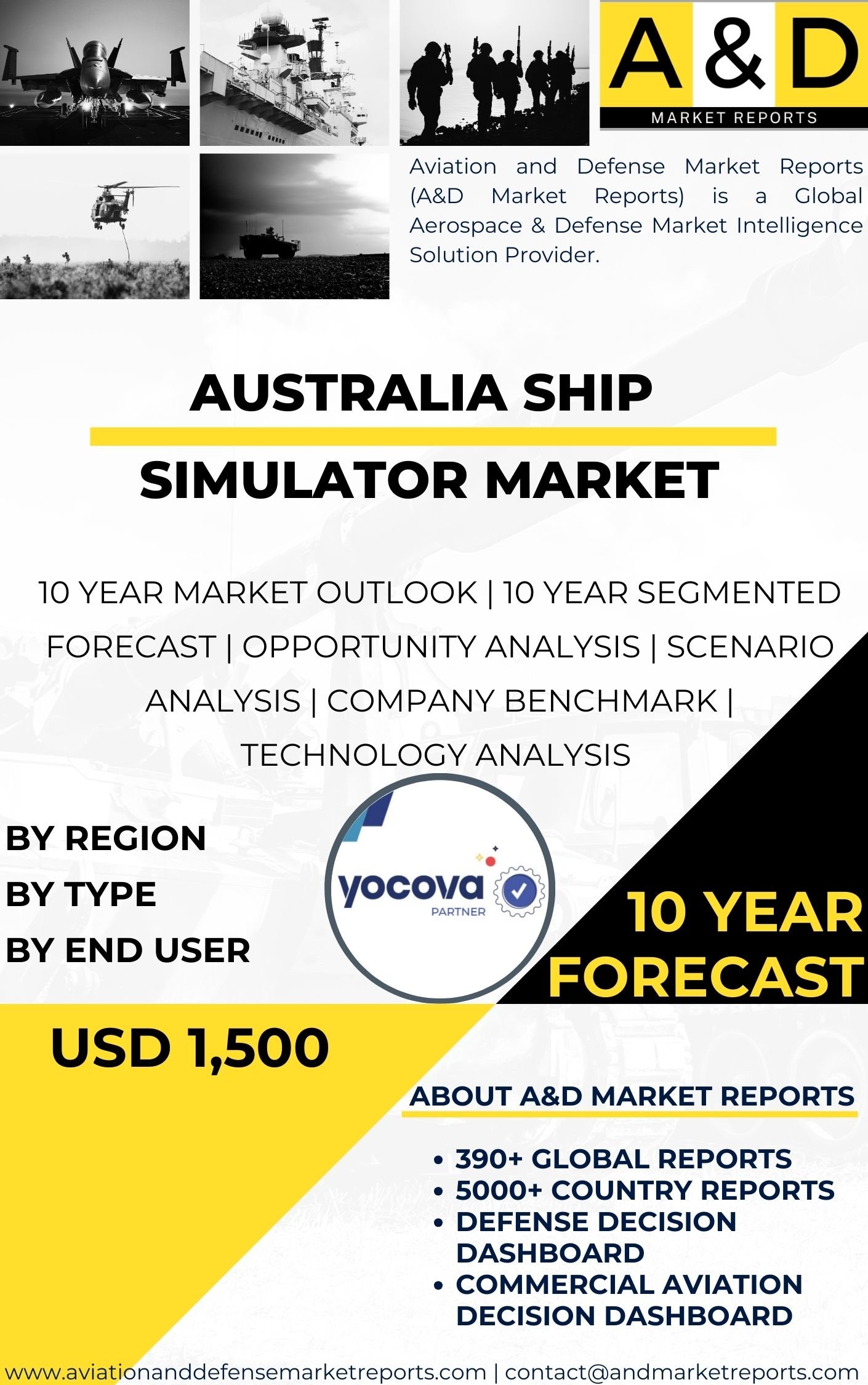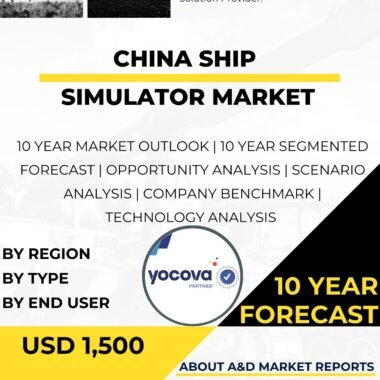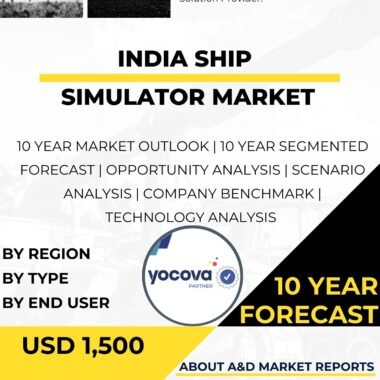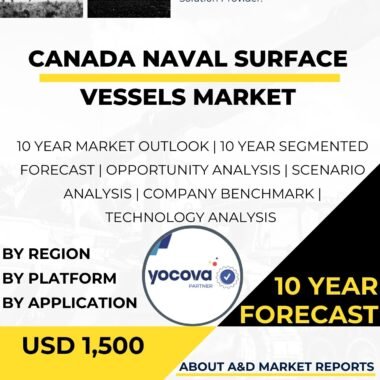Description
Australia Ship Simulator Market Overview
The Ship Simulator market in Australia plays a vital role in maritime training, education, and safety. It provides a realistic, simulated environment for training ship crews, maritime students, and port personnel. Ship simulators offer a hands-on platform for practicing navigation, ship handling, and emergency response scenarios, improving the competence and confidence of maritime professionals. This article explores the Australia Ship Simulator market, including its significance, applications, key players, technologies, government support, and future trends.
Importance of Ship Simulators in Australia
The Ship Simulator market in Australia is essential for improving maritime safety and proficiency. With vast coastal waters and heavy maritime traffic, the nation depends on well-trained ship crews and marine officers. Ship simulators help ensure safe navigation, efficient port operations, and quick emergency responses.
These simulators offer a controlled, risk-free environment where students and professionals can practice navigation, ship handling, and crisis management. The practical training they provide builds real-world confidence and prepares crews for diverse challenges at sea.
Types of Ship Simulators
The Australia Ship Simulator market includes different simulator types designed for specific training needs:
-
Full Mission Simulators: Replicate an entire ship bridge with realistic visuals and physical controls for comprehensive bridge team training.
-
Part-Task Simulators: Focus on individual ship operations such as engine room management, cargo handling, or navigation systems.
-
Desktop Simulators: Compact and affordable systems used by maritime schools for individual or introductory training.
These simulator types collectively support a wide range of maritime education programs and operational training needs.
Applications of Ship Simulators
Ship simulators in Australia are used for:
-
Maritime Education and Training – Practical learning for deck officers and marine engineers.
-
Seafarer Competency Assessment – Testing skills to meet international maritime standards.
-
Port and Harbor Operations – Simulating berthing, tug operations, and container management.
-
Research and Development – Testing new vessel systems and training methodologies.
These applications ensure safety, regulatory compliance, and professional growth across the maritime industry.
Major Players in the Australia Ship Simulator Market
The market features both domestic and international contributors.
Domestic Manufacturers
Companies such as Polaris Simulation Australia and Simmonds Simulation design and deliver customized simulator systems that align with Australia’s maritime training standards. They work closely with maritime academies, training centers, and government agencies.
International Manufacturers
Firms like Kongsberg Maritime, Transas (Wärtsilä), and ARI Simulation supply advanced simulator technologies and software solutions to Australian institutions. These companies enhance Australia’s access to the latest simulation tools and training systems.
Technological Advancements in Ship Simulators
Technology is driving rapid innovation in the Australia Ship Simulator market. Current trends include:
-
High-Fidelity Visual Systems: Incorporating 3D modeling, virtual reality (VR), and augmented reality (AR) for realistic maritime environments.
-
Dynamic Physics Modeling: Simulating vessel performance under various weather and sea conditions.
-
Artificial Intelligence (AI) and Machine Learning (ML): Personalizing training programs and improving simulation adaptability.
-
IoT Integration: Enabling real-time monitoring and system updates for enhanced performance.
These advancements make ship simulators more immersive, accurate, and effective for professional training.
Future Growth and Opportunities
The Australia Ship Simulator market is set for continued growth as maritime safety and skill development remain national priorities. Demand for simulator-based training will rise due to international maritime standards and the push to minimize human error in operations.
The integration of virtual reality (VR) and augmented reality (AR) will further enhance realism and engagement. Real-time data analytics will help tailor training to individual performance levels.
Government initiatives, including collaborations with maritime institutions, will strengthen simulator infrastructure and expand training capacity across the country.
Emerging Trends: Autonomous and Unmanned Operations
New trends such as autonomous ships and unmanned vessel operations are creating fresh opportunities for simulator technology. Ship simulators are increasingly being used to train personnel in remote vessel control and test autonomous navigation systems, ensuring safety and readiness for the future of smart shipping.
Conclusion
The Australia Ship Simulator market plays a critical role in strengthening the nation’s maritime safety, training, and education systems. Ship simulators offer immersive and practical learning for maritime professionals, enhancing their readiness for real-world challenges.
Domestic and international players continue to innovate, integrating new technologies like AI, VR, and dynamic modeling. With growing investments in research, training, and modernization, Australia is poised to remain a leader in Ship Simulator technology and maritime education.




